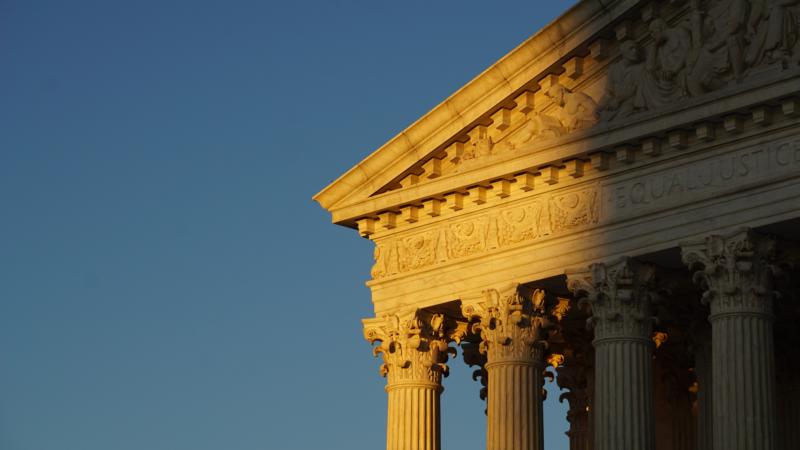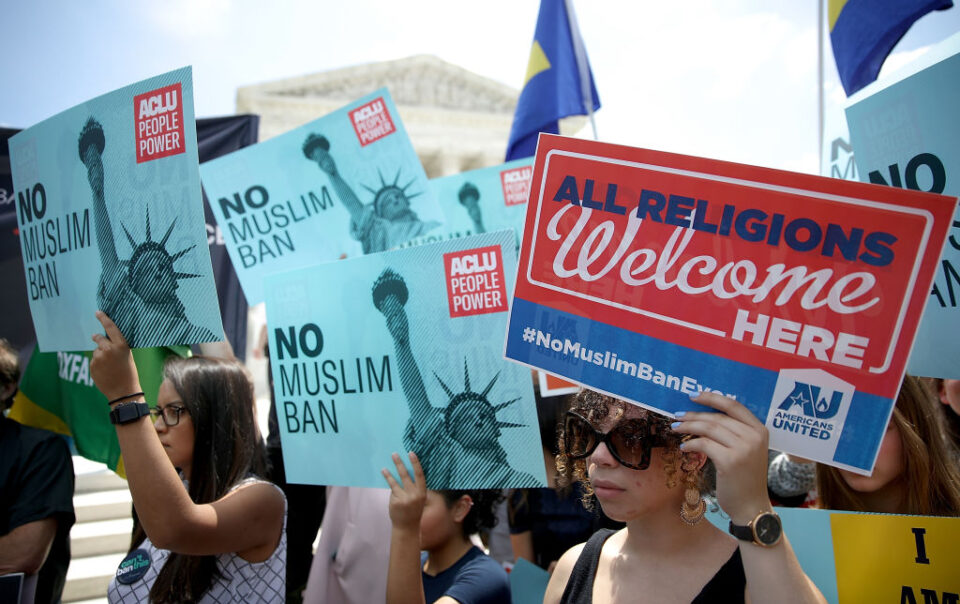In the years since Jeffrey Epstein was found dead in a federal jail cell, the public’s interest in the disgraced financier and in the powerful people who surrounded him has only intensified. At the center of that attention is a growing body of legal records and investigative material often called the Epstein files: documents, released through civil litigation, federal prosecutions, and public records requests, that offer a rare glimpse into how abuse, wealth, and power intersected behind closed doors. These files raise pressing questions: Who knew what, and when? And why did it take so long for anyone to intervene?
What Are The Epstein Files, And What’s In Them?
Though not an official collection, the “Epstein files” have become shorthand for thousands of pages of records tied to Epstein’s alleged sex trafficking operation. According to court filings and federal investigators, Epstein operated a multistate network that exploited underage girls for more than a decade.
The materials include:
Flight manifests for Epstein’s private aircraft, listing passengers who traveled to his properties in New York, Florida, New Mexico, and the U.S. Virgin Islands.
Sworn testimony and court exhibits from survivors who filed civil suits after his 2008 plea deal.
Unsealed documents from Giuffre v. Maxwell, a defamation case that helped surface names previously protected under seal.
Trial records from the 2021 conviction of Ghislaine Maxwell, Epstein’s longtime associate and co-conspirator.
Law enforcement records obtained from the FBI, the U.S. Virgin Islands Attorney General’s office, and other agencies through subpoenas and FOIA requests.
Much of this material entered the public domain in recent years, after survivors, journalists, and nonprofit watchdogs advocated for their release.
In June 2025, Elon Musk publicly accused President Trump of obstructing the release of the Epstein files because they allegedly contained information about the President’s past wrongdoings.
What’s in the Flight Logs?
Among the most scrutinized documents are flight logs from Epstein’s Boeing 727, known in the media as the “Lolita Express.” Pilots kept detailed records of passengers, routes, and destinations, some of which included Epstein’s private island, Little Saint James.
A portion of these names was made public in January 2024, when a federal judge unsealed sections of previously confidential court documents. While presence on a flight log does not establish misconduct, the logs have fueled questions about the proximity of certain high-profile individuals to Epstein’s inner circle.
The Survivors’ Testimonies
The bulk of the Epstein files are the accounts of dozens of women, many of whom were underage when they met Epstein. In these accounts, the women describe being groomed, coerced, and trafficked. Their testimonies, which they supported with documents, financial records, and photographs, were filed in both civil suits and criminal proceedings.
One of the most prominent voices is Virginia Giuffre, who alleged that Epstein and Maxwell trafficked her to other men when she was 17. Her lawsuit against Maxwell helped pave the way for the release of hundreds of pages of material in 2020 and 2023.
What Remains Sealed
Despite years of litigation, significant portions of the Epstein record remain sealed or redacted. Judges have declined to release certain names or exhibits, citing privacy concerns, reputational harm, and ongoing investigations.
In late 2023, a civil suit brought by the U.S. Virgin Islands against JPMorgan Chase, which allegedly facilitated Epstein’s financial transactions, resulted in a $290 million settlement. The case also produced internal communications and compliance records now considered part of the broader investigatory archive.
Journalists, advocates, and survivors continue to demand full transparency.
Why the Epstein Files Still Matter
The Epstein files continue to draw scrutiny not just for what they reveal, but for what they represent: a breakdown of systems meant to safeguard the vulnerable and hold the powerful accountable.
Critics point to Epstein’s 2008 non-prosecution agreement, brokered by then–U.S. Attorney Alexander Acosta, as a clear example of institutional failure. That agreement shielded Epstein from federal charges and provided immunity to unnamed co-conspirators.
Attorneys representing Epstein’s accusers have repeatedly emphasized that the case is about more than one man, it is about the systems and enablers that allowed his abuse to persist for years.
What Happens Next
With key documents still under judicial review and more lawsuits likely, the Epstein files are far from closed. Investigative journalists and legal advocates continue to press for full access, arguing that the public’s right to transparency outweighs the reputational risks to those named.
For many, this is no longer just about one man’s crimes. It’s about exposing the systems that allowed them to persist for so long.
As the debate continues, the files stand as both evidence and warning: a case study in how power can obscure justice and how long the truth can remain buried.
But one question still hangs in the air: How much more remains hidden?
Frequently Asked Questions:
Who is Jeffrey Epstein?
As reported by the New York Times, Jeffrey Epstein was an independent money management consultant. Exactly what he did and who he worked with is still unclear. However, his work did introduce him to many powerful people, including billionaires, founders of some of the most successful companies in the United States, politicians, and even multiple Presidents.
What names are in the Epstein files?
The complete list of names in the Epstein files has not been made public, as many documents remain sealed or only partially released. However, in February 2025, the Department of Justice released a tranche of previously sealed materials that included references to several high-profile individuals. Among those named in the documents were President Donald Trump, former President Bill Clinton, Prince Andrew, former New Mexico Governor Bill Richardson, Michael Jackson, and David Copperfield.
It’s important to note that being mentioned in the documents does not imply criminal conduct. In many cases, individuals were listed in contact directories, flight logs, or deposition transcripts without any direct allegations of wrongdoing.










